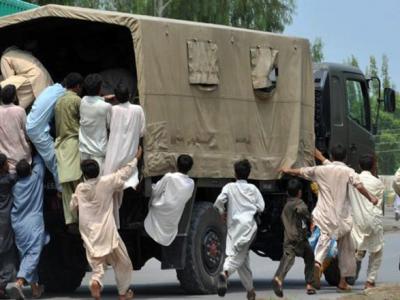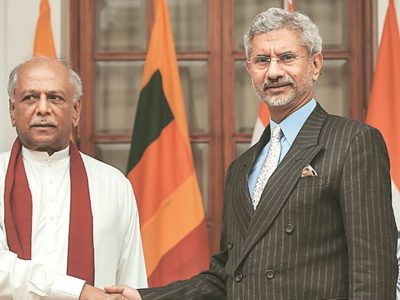(COLOMBO, LANKAPUVATH) – The top Taliban shadow governor who held sway in one of Afghanistan’s largest and most volatile provinces was killed in American drone strike, Afghan and Taliban officials confirmed Sunday.
Mullah Abdul Manan and four other Taliban commanders were killed when their convoy traveling through the Nawzad district of southern Afghanstan’s Helmand Province was struck by U.S. drones on Saturday. The strike took place inside the Afghan district where Mulla Manan served as the “shadow” governor, taking his position as the highest-ranking Taliban official in the embattled corner of southern Helmand province.
As the shadow governor for Nawzad district, which straddles the Afghan-Pakistan border, Mullah Manan was the Taliban’s point person responsible for the group’s narcotrafficking operations across the border, Afghan officials say. In a statement, Taliban officials said Mullah Manan’s death was a “major loss” to the organization, saying the slain Taliban leader was integral in driving most of Helmand province away from the central government in Kabul and under the Taliban flag, according to a statement by Voice of America.
The drone strike comes amid claims earlier this week a U.S. airstrike targeting insurgent forces in Helmand ended with the deaths of over 20 civilians, including 15 children, local reports state. It also comes a week after three U.S. service members were killed and three wounded when an improvised explosive device detonated November 27 near Ghazni city, in eastern Afghanistan.
Army Capt. Andrew Ross and Sgt. 1st Class Eric Emond, members of 3rd Special Forces Group, and Air Force Staff Sgt. Dylan Elchin with 26th Special Tactics Squadron, were all killed when their vehicle was hit by a roadside bomb. Their deaths brought the total number of American dead in Afghanistan this year to 10.
The strikes in Helmand also coincided with efforts by President Trump’s top envoy in Afghanistan Zalmay Khalilzad to spearhead direct talks with the Afghan insurgency group, whom the U.S. and its NATO allies have been waging war against for nearly two decades. Seeking peaceful reconciliation with the Taliban, for the first time, as a main goal in the American war plan in Afghanistan — known as the South Asia strategy — is a bold and distinct break from previous administrations’ efforts to end the war, say U.S. defense and national security officials.




